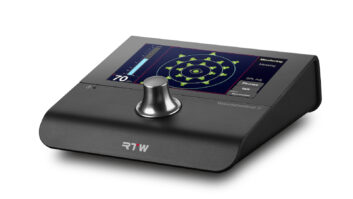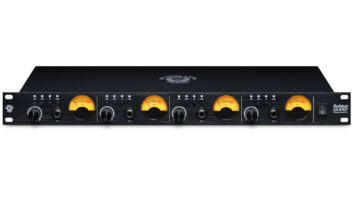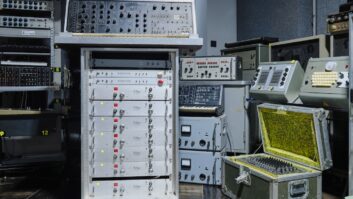Montréal, Québec, Canada (November 10, 2014)—The sound recording department at McGill University’s Schulich School of Music now uses RTW TM3 TouchMonitor audio meters to instruct students in the art of loudness control.

Recording engineer and inventor George Massenburg, an adjunct professor of recording arts and sciences at McGill, the largest university-based school for professional music training and music research in Canada, sees loudness normalization as the next major trend to hit the music industry. He points out that Apple iTunes, for example, already features controls for normalizing the sound across one’s library of songs.
“Normalization for music is spreading, and we want to educate students to take advantage of this trend the best way they can,” he says. “We want them to be able to make good mixes so they can work going forward.”
He continues, “[One] benefit of having the TM3 readily accessible is when the students are working with multiple projects at once. To give the students references when they’re learning how to mix, we’ll have them do a new mix but refer to another piece of work. It may not even be the same song, it may be something else. But to reference that on an equal playing field—meaning equal loudness—they’ve got to measure the loudness of that external file. So it’s very useful to have the meter right there. It’s not software. It doesn’t come and go with the project. It’s a part of the setup.”
The RTW TM3 is located in the school’s Studio A, where it is integrated along with Euphonix MC mixers, Merging Technologies Pyramix, Avid Pro Tools, ATC, Genelec and JBL loudspeakers and monitoring systems, and other equipment.
“The TM3 helps the students adjust the loudness of a mix until it’s roughly in the ballpark of their reference mix,” adds Massenburg. “Then they can move ahead with making better mixing decisions.”
RTW
www.rtw.com







